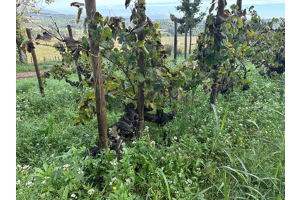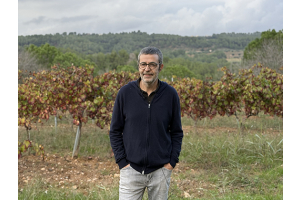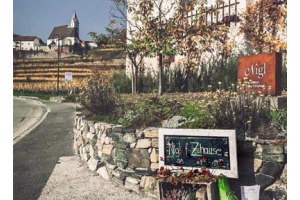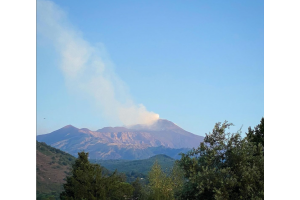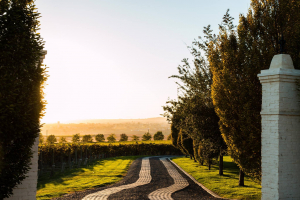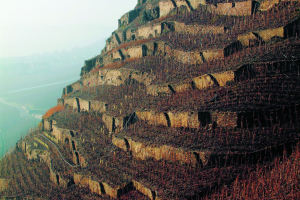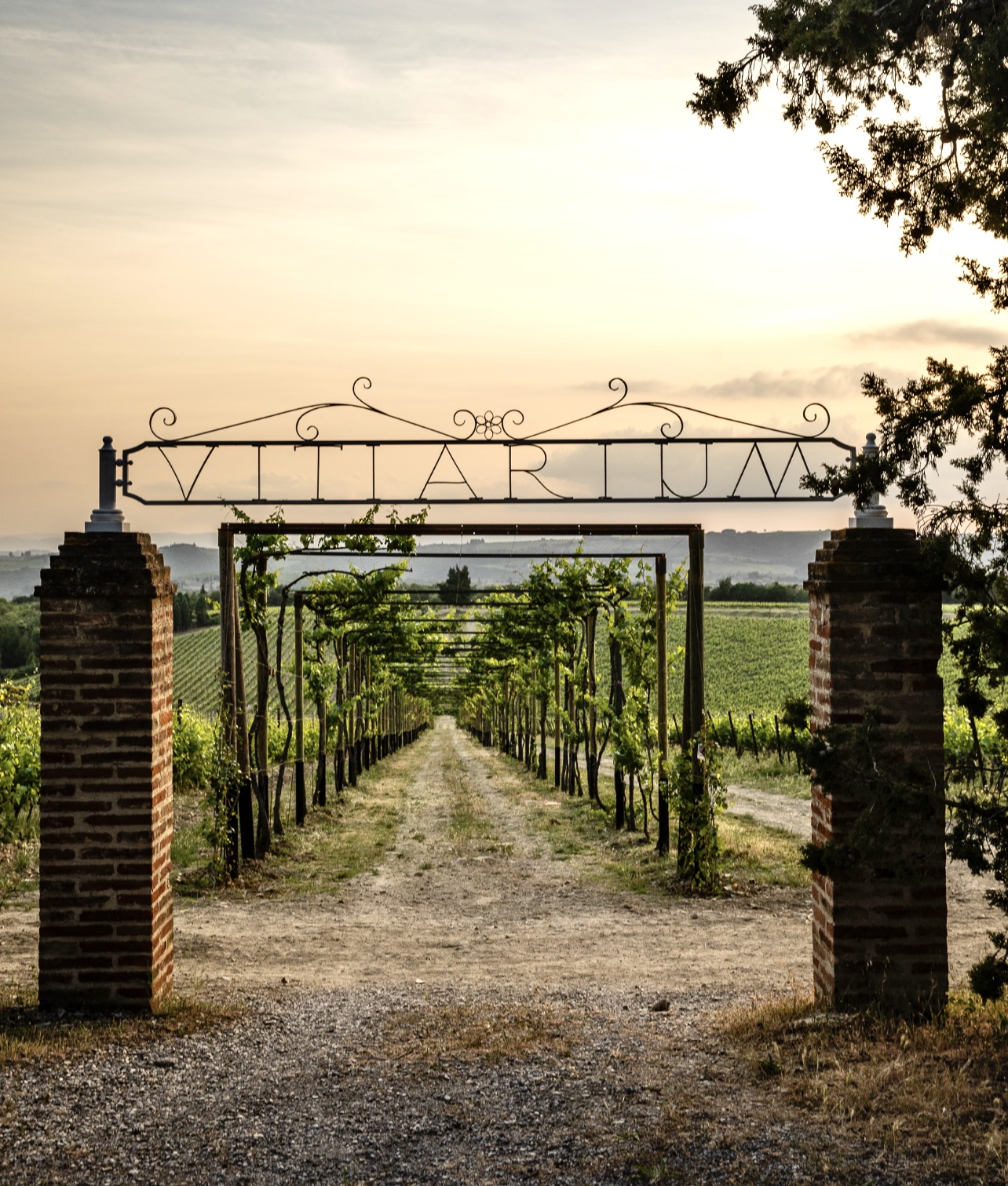
The revival of nearly extinct native grape varieties is one of the most exciting developments in Italian wine today, fueled by history, biodiversity efforts, and growing consumer preferences. Many of these forgotten grapes fell out of favor due to shifting agricultural practices and the global rise of high-yield international varieties like Cabernet Sauvignon and Chardonnay. But more and more, wine consumers are seeking bottles that tell the story of where they come from.
In his book, Native Wine Grapes of Italy, Ian D'Agata writes that wines made with local grape varieties are special: "To Italians, they represent Italy just as famous monuments, natural landmarks, or local recipes do."
One producer at the forefront of this rediscovery is San Felice, a historic estate in Chianti Classico with a long track record of research and innovation. In 1968, it helped launch the Super Tuscan movement with Vigorello, a blend that includes Cabernet and Merlot, and later introduced the region’s first single-vineyard Chianti Classico, Poggio Rosso Gran Selezione.
That spirit of experimentation continues today with San Felice’s groundbreaking Vitiarium project, which, in the mid-1980s, began identifying and reintroducing nearly forgotten grape varieties. The collection includes four labels: Borgo Chianti Classico DOCG, La Pieve Chianti Classico DOCG Gran Selezione, Pugnitello Toscana IGT, and In Avane Chardonnay Toscana IGT.
Path to Pugnitello
 Leonardo Bellacini, San Felice's oenologist for 40+ years, explains how the experimental vineyard came to be: "Following the devastating frost of '85, we began working with the University of Florence to improve our vineyards. The university approached us about planting numerous native varieties. Though it wasn't fashionable then—it was more the era of Cabernet and Merlot—we agreed."
Leonardo Bellacini, San Felice's oenologist for 40+ years, explains how the experimental vineyard came to be: "Following the devastating frost of '85, we began working with the University of Florence to improve our vineyards. The university approached us about planting numerous native varieties. Though it wasn't fashionable then—it was more the era of Cabernet and Merlot—we agreed."
As it turns out, that was a smart move. Today, this living laboratory of indigenous vines spans 1.6 hectares and has 231 different grape varieties. Among its most successful rediscoveries is Pugnitello, an ancient Tuscan red grape variety.
"When we first started making small batches of wine with Pugnitello, it had everything we wanted," says Bellacini. "Deep color, good body, but with tannins that were smooth and gentle even when the wine was young. Plus, it kept its freshness. The acidity stayed steady even as the grapes got riper."
After three years of small-scale vinification, the team grafted 1,000 vines in 1992 to test it on a larger scale. By 1995, Bellacini made the first three barrels. “With the aging in wood, the result was even better,” he recalls. “The bottles from 1995 were really amazing in terms of quality—more than 14 degrees alcohol, which today is normal, but at that time, was a dream.”
Following continued success, San Felice planted its first full vineyard of Pugnitello in 1997, and today, the grape is San Felice’s second most planted variety after Sangiovese. Bellacini has produced a 100% Pugnitello Toscana IGT wine every year since 2003—while also using it in the Vitiarium’s Chianti Classico Borgo and Gran Selezione La Pieve.
Evolution
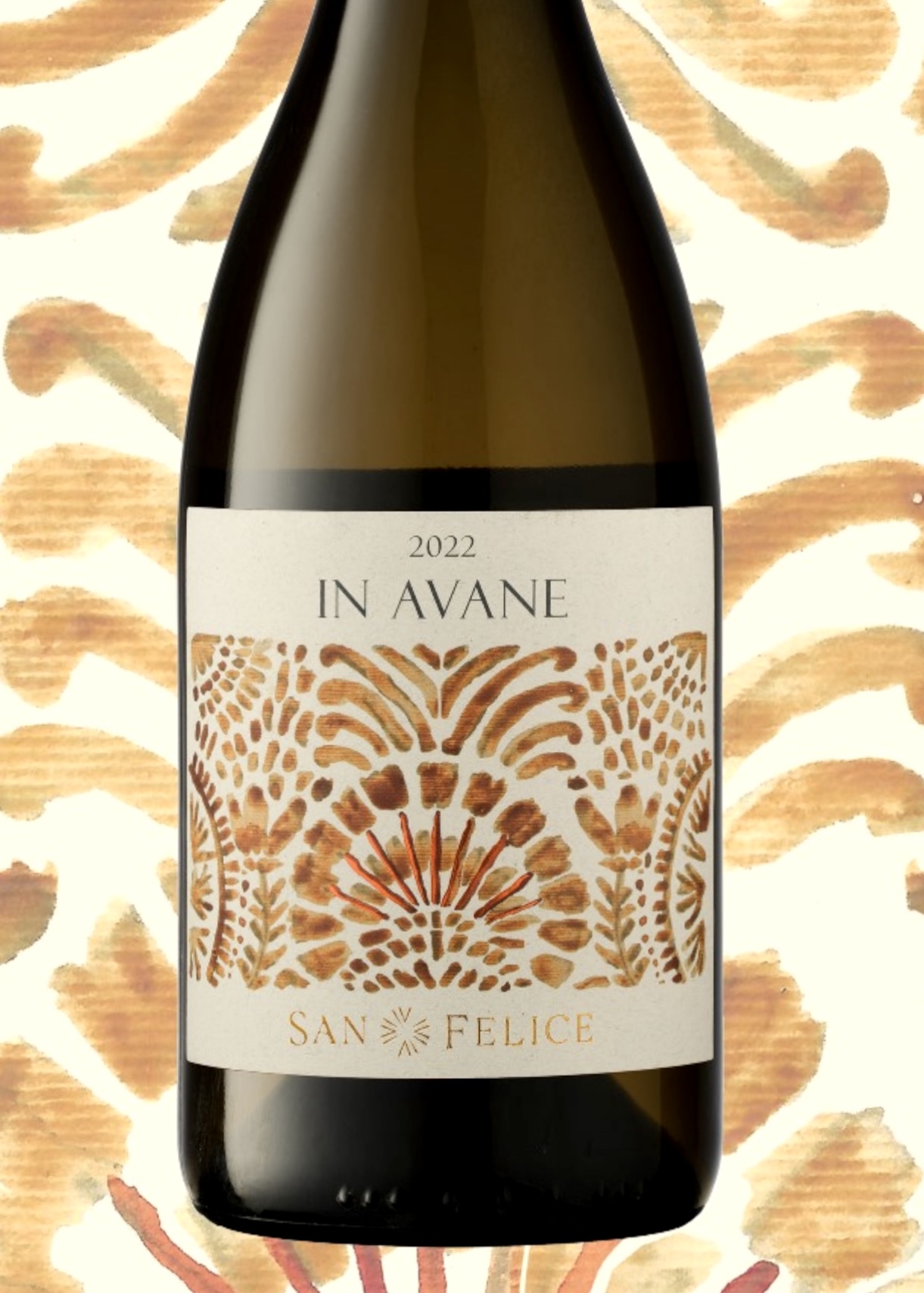
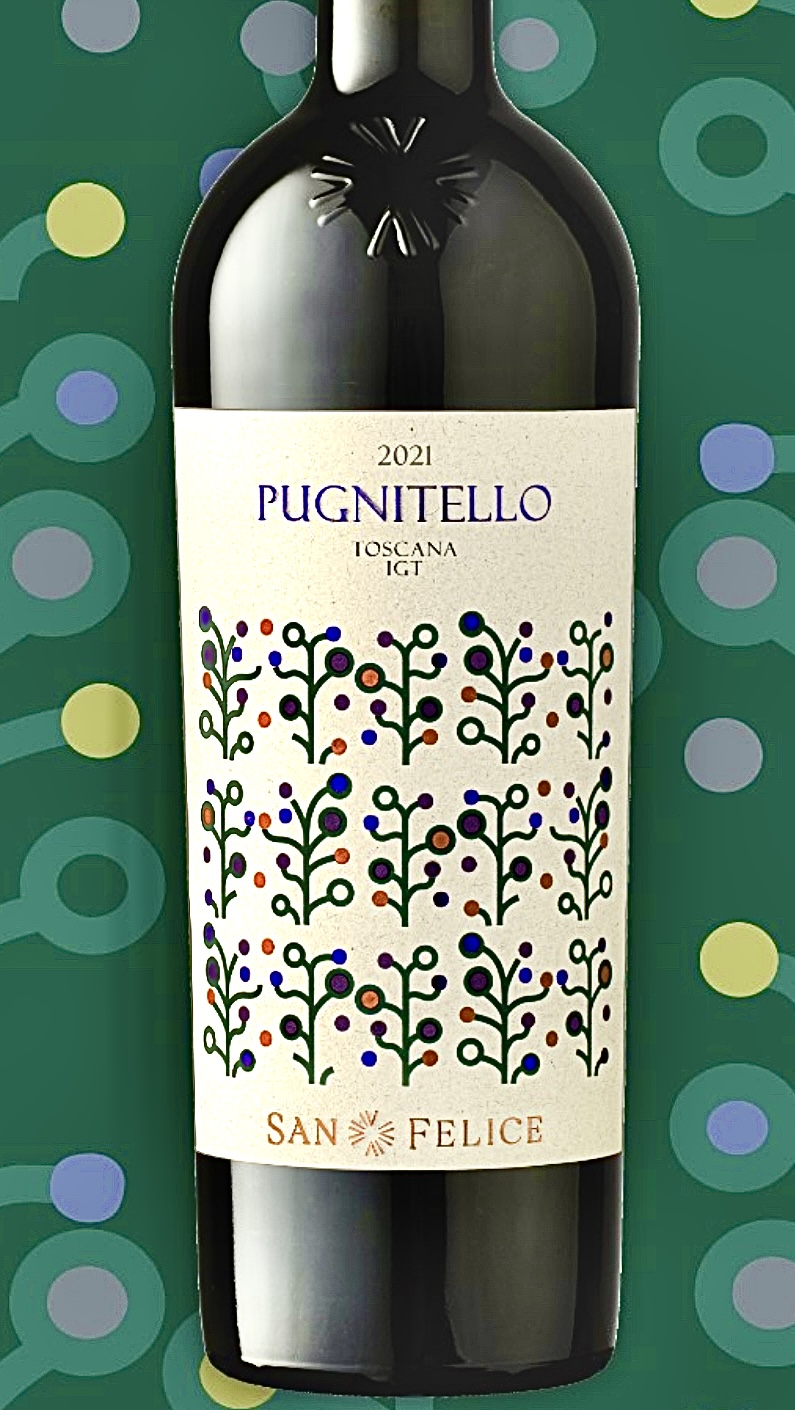 While Vitiarium began as a way to revive native grapes, it has evolved to include a small number of international varieties. The white wine in the collection, In Avane Chardonnay, is made from non-natives, yet, as Bellacini explains, it shows a sense of place, reminding us how tradition and fresh ideas go hand in hand. “In Avane has always been part of the identity of San Felice and completes the offer of reds,” he says.
While Vitiarium began as a way to revive native grapes, it has evolved to include a small number of international varieties. The white wine in the collection, In Avane Chardonnay, is made from non-natives, yet, as Bellacini explains, it shows a sense of place, reminding us how tradition and fresh ideas go hand in hand. “In Avane has always been part of the identity of San Felice and completes the offer of reds,” he says.
In Avane is a single-vineyard wine made from a mixed harvest of about 85% Chardonnay, with Semillon and a touch of Sauvignon Blanc. In recent vintages, oak use has been dialed back to let the fruit and Tuscan terroir shine.
Looking Ahead
San Felice’s preservation efforts extend beyond grapes to the land itself. The estate is transitioning to organic certification and practicing regenerative viticulture, which supports healthy soils and local ecosystems. Its vineyards, set on a 400-meter plateau with gentle slopes and ample sunlight, offer ideal conditions for both native Italian grapes and well-suited international varieties.
As wine lovers increasingly seek authentic experiences that connect them to specific places and traditions, San Felice's Vitiarium project is an example of how looking backward can sometimes be the most forward-thinking approach.


